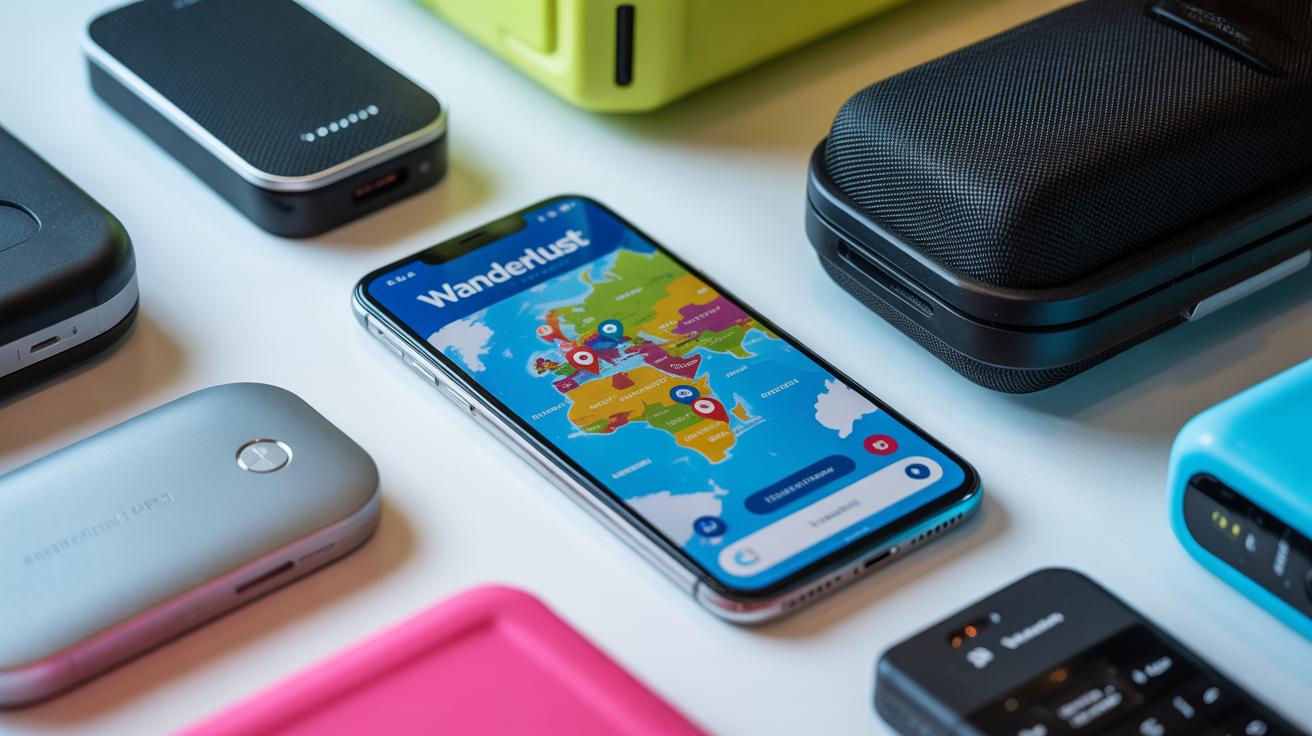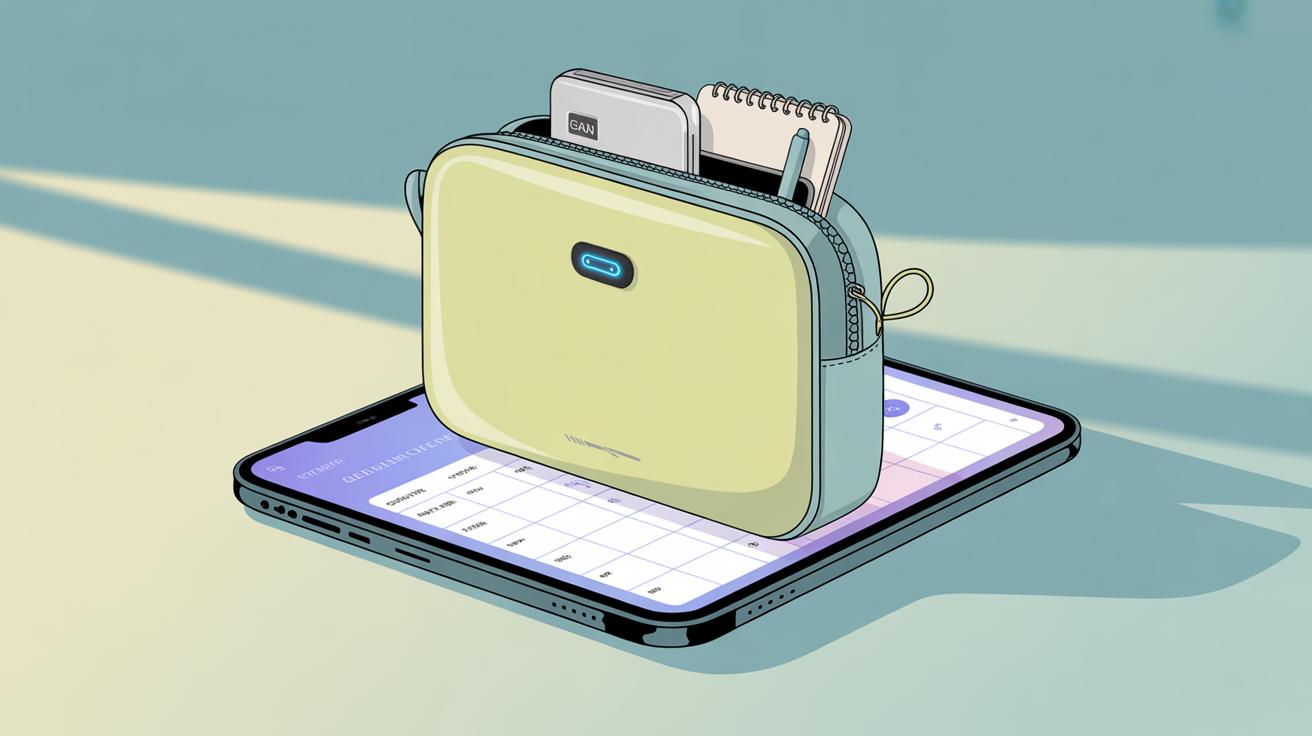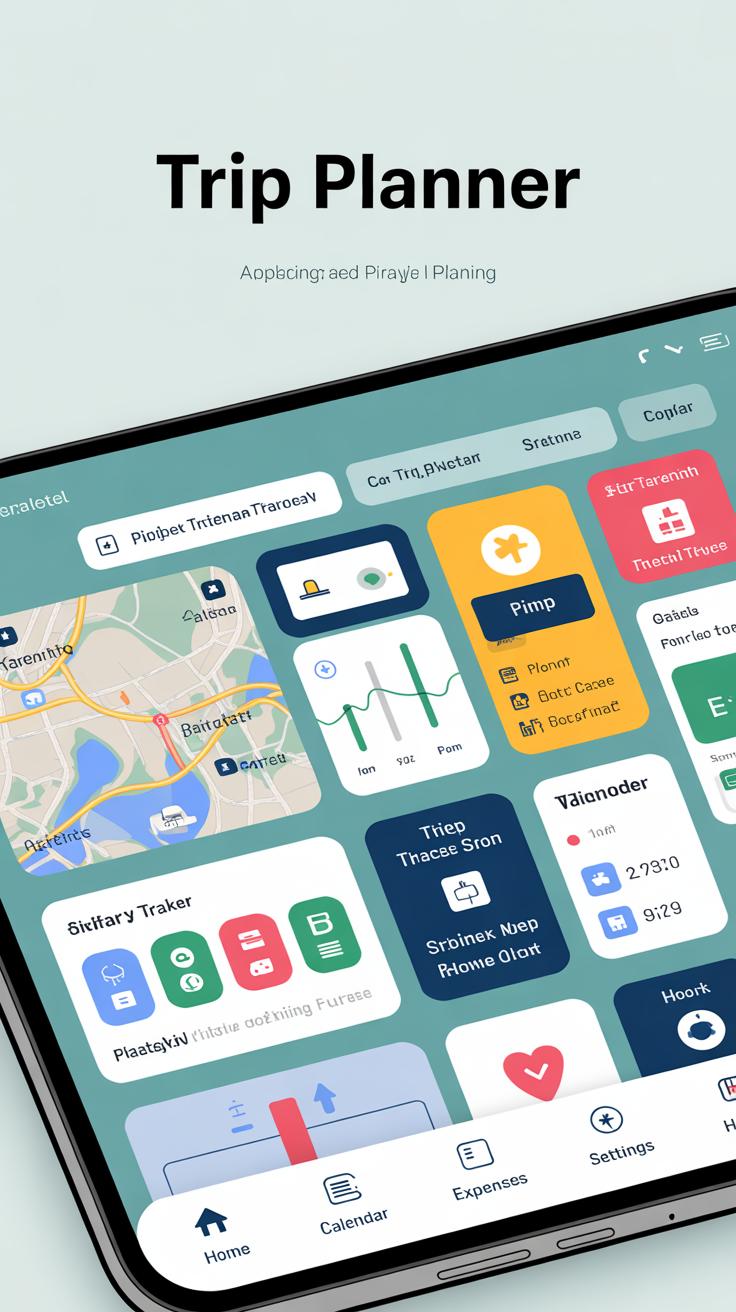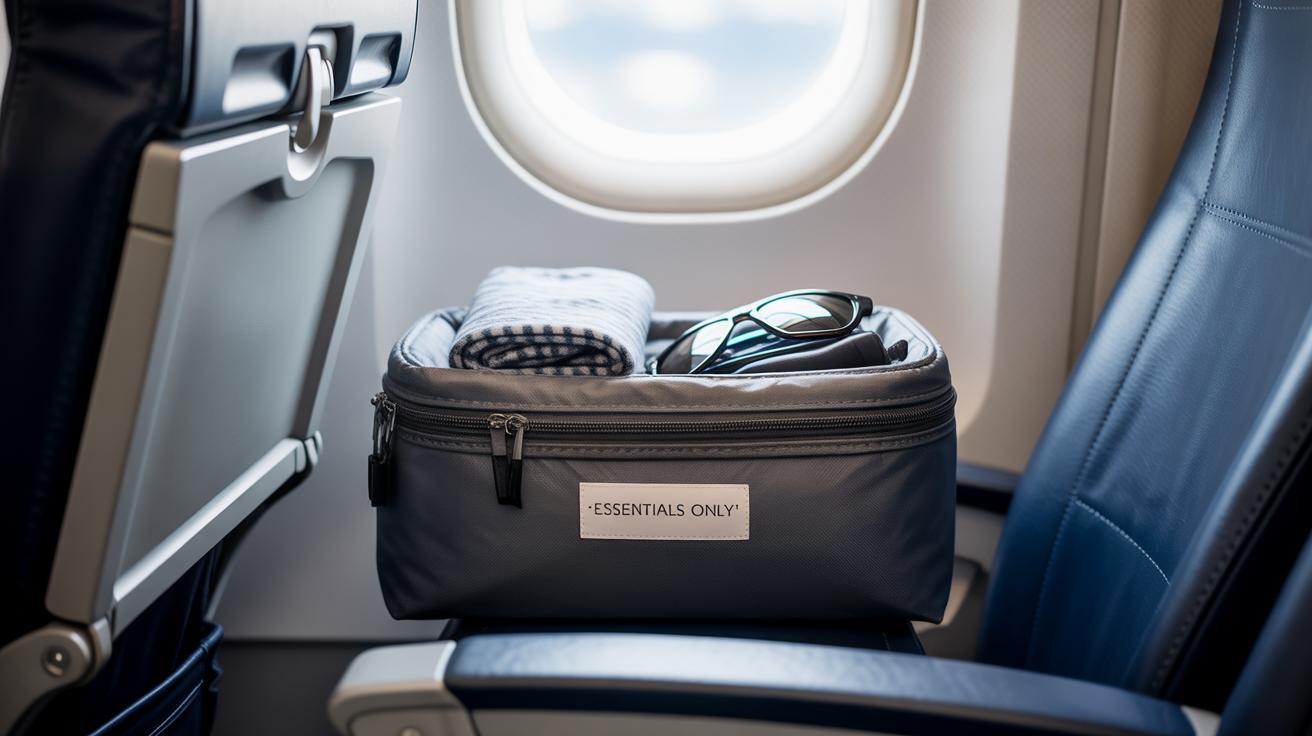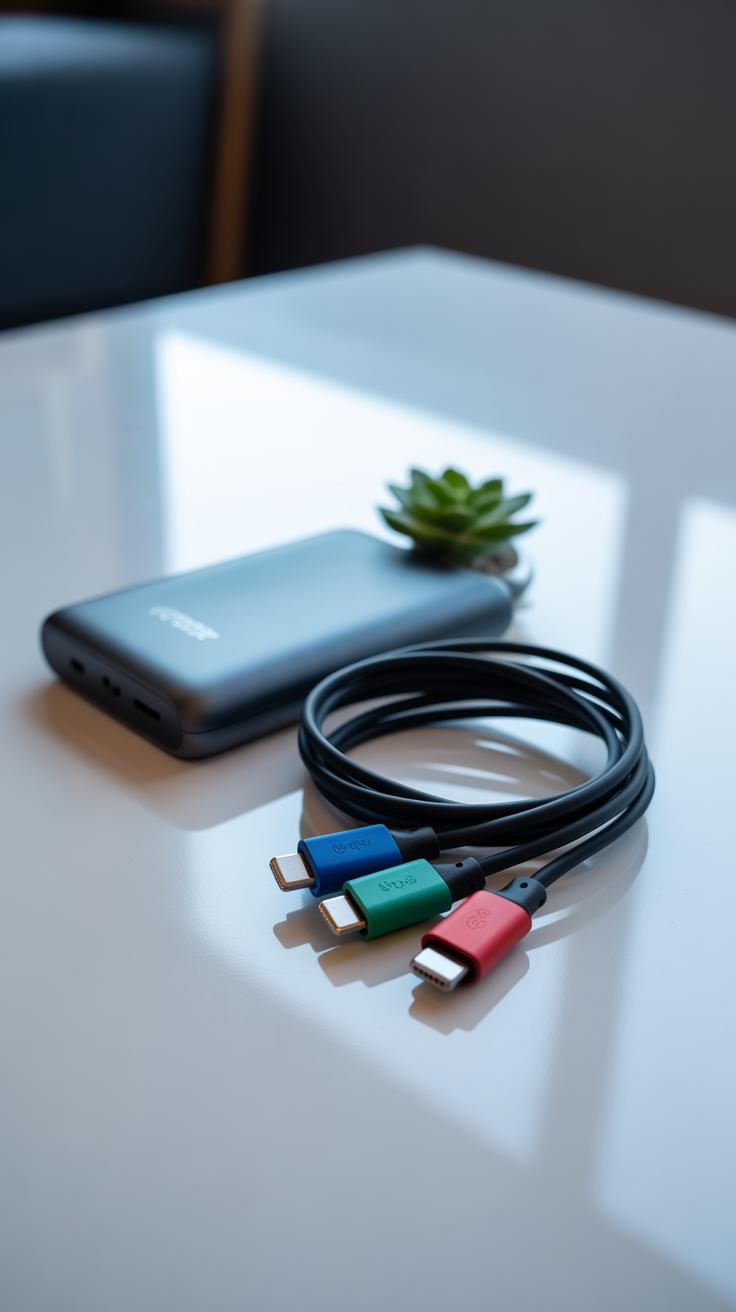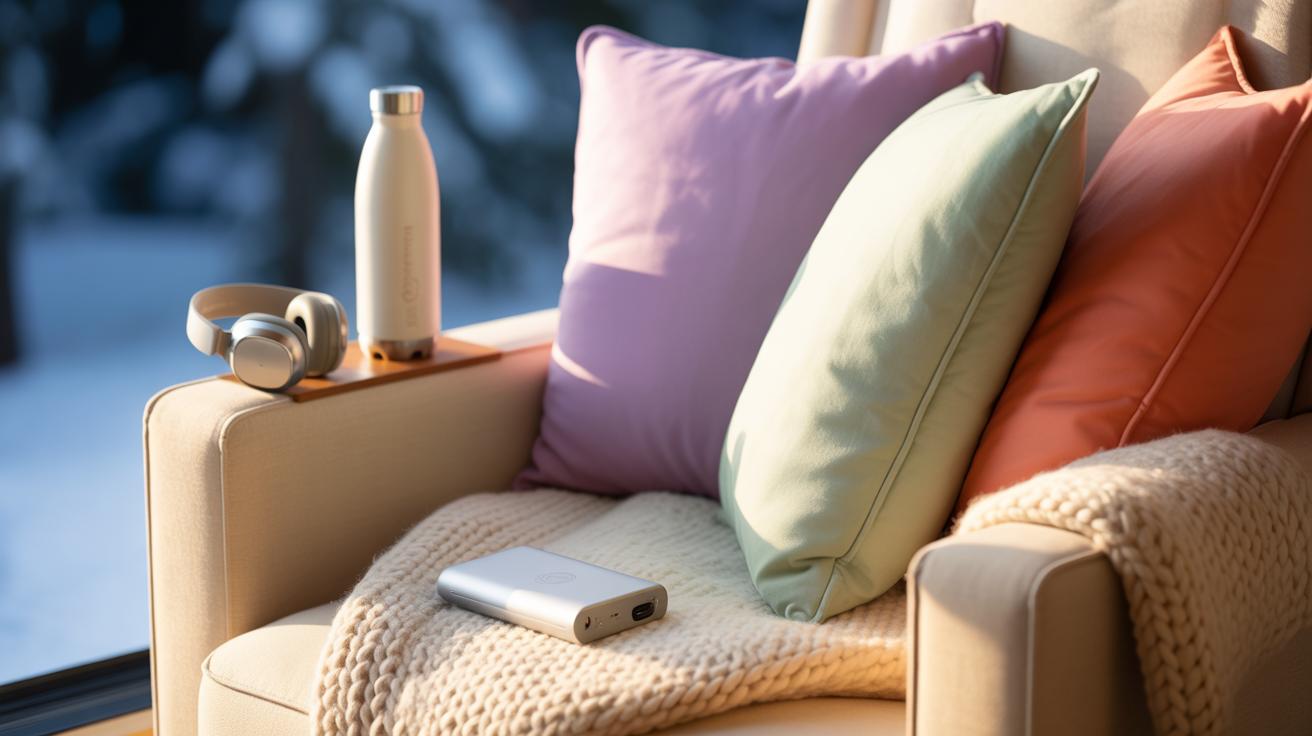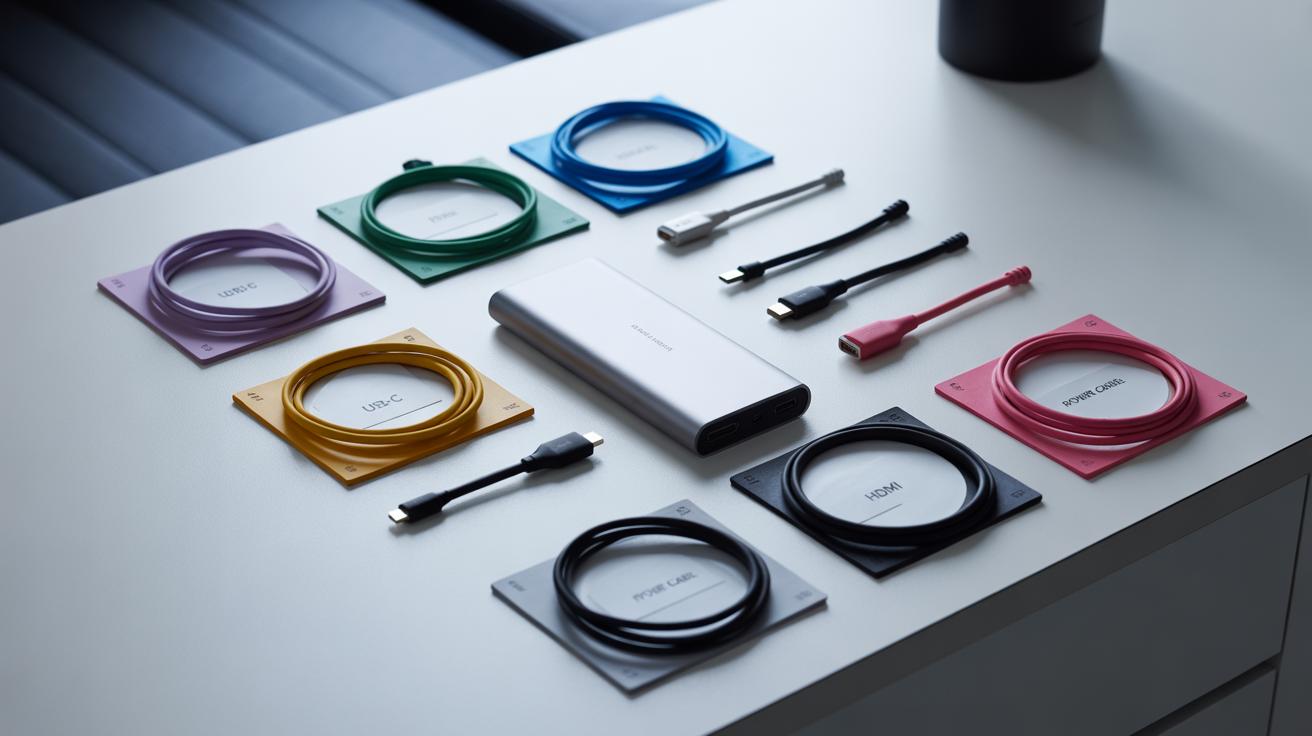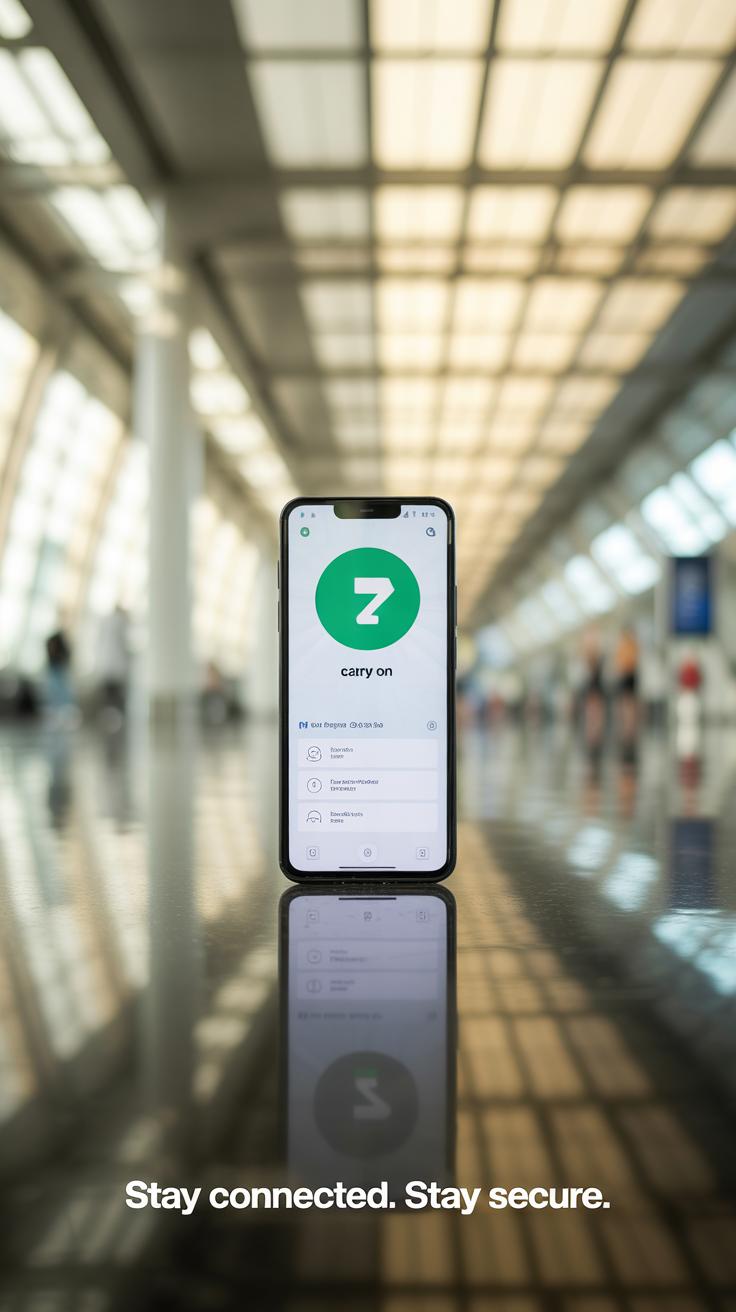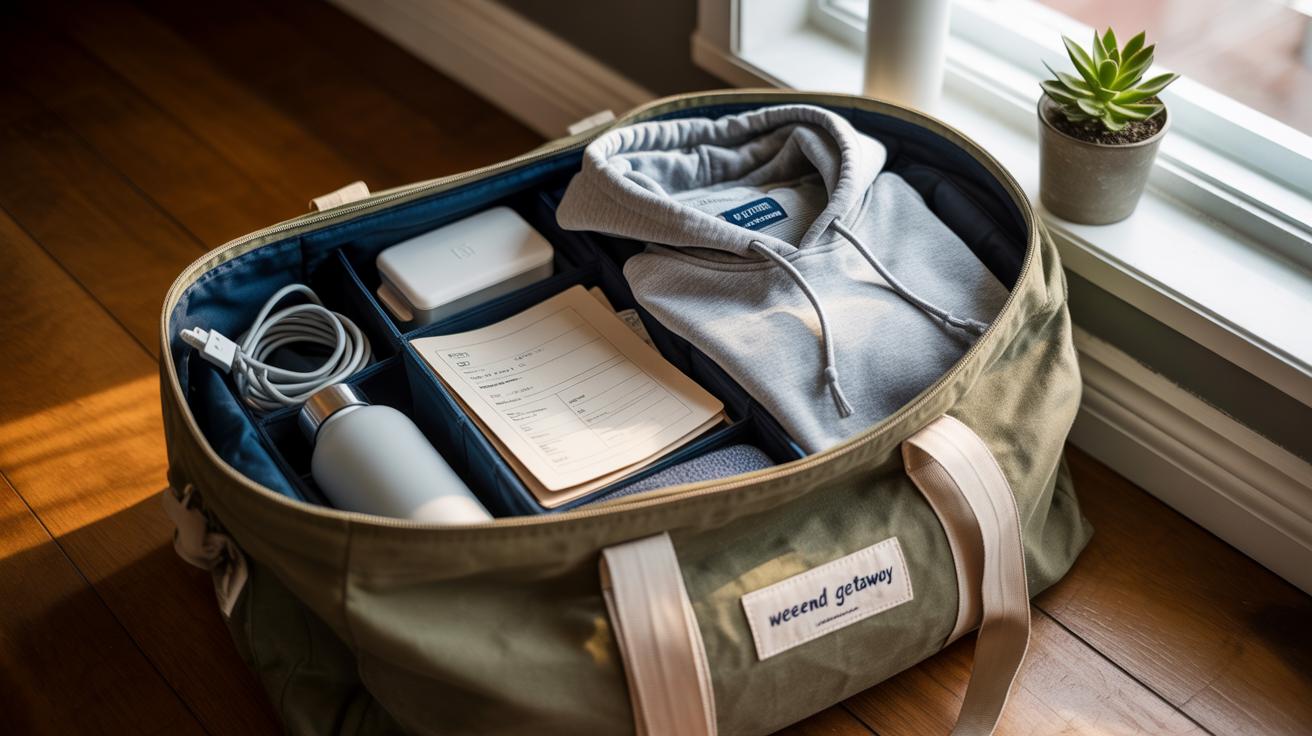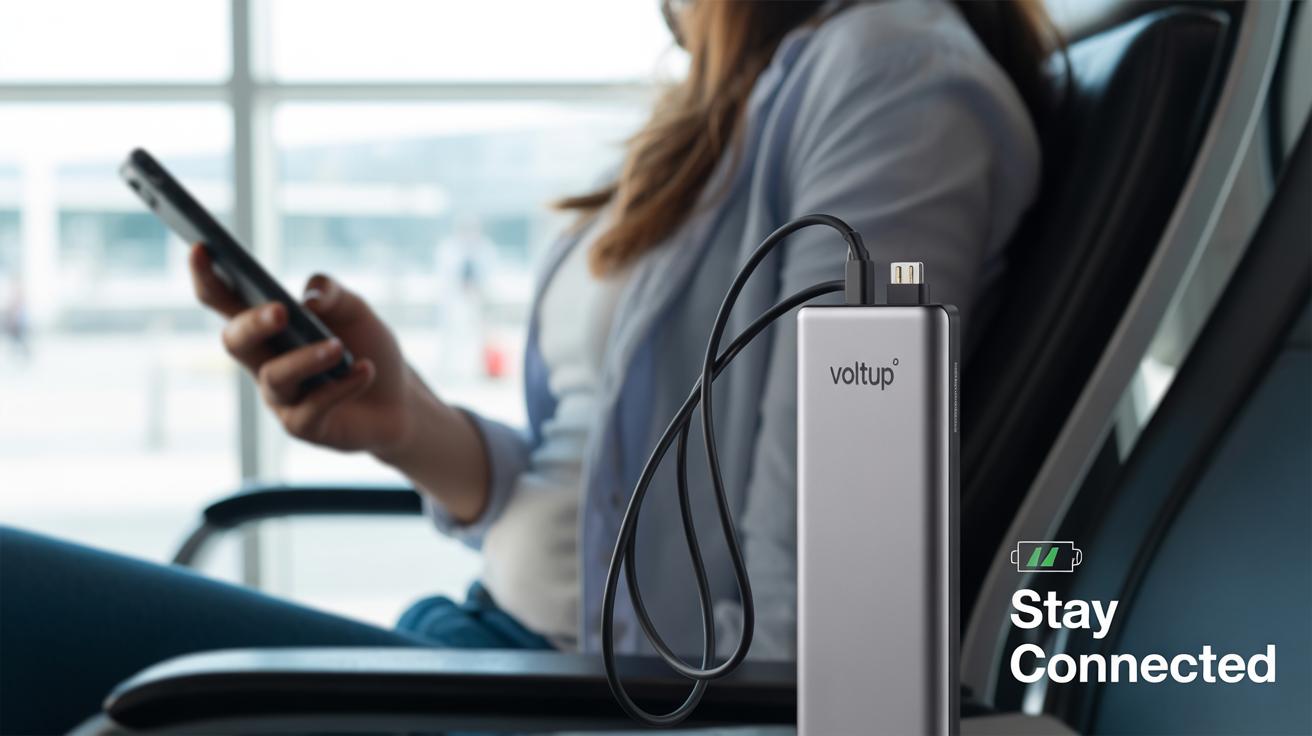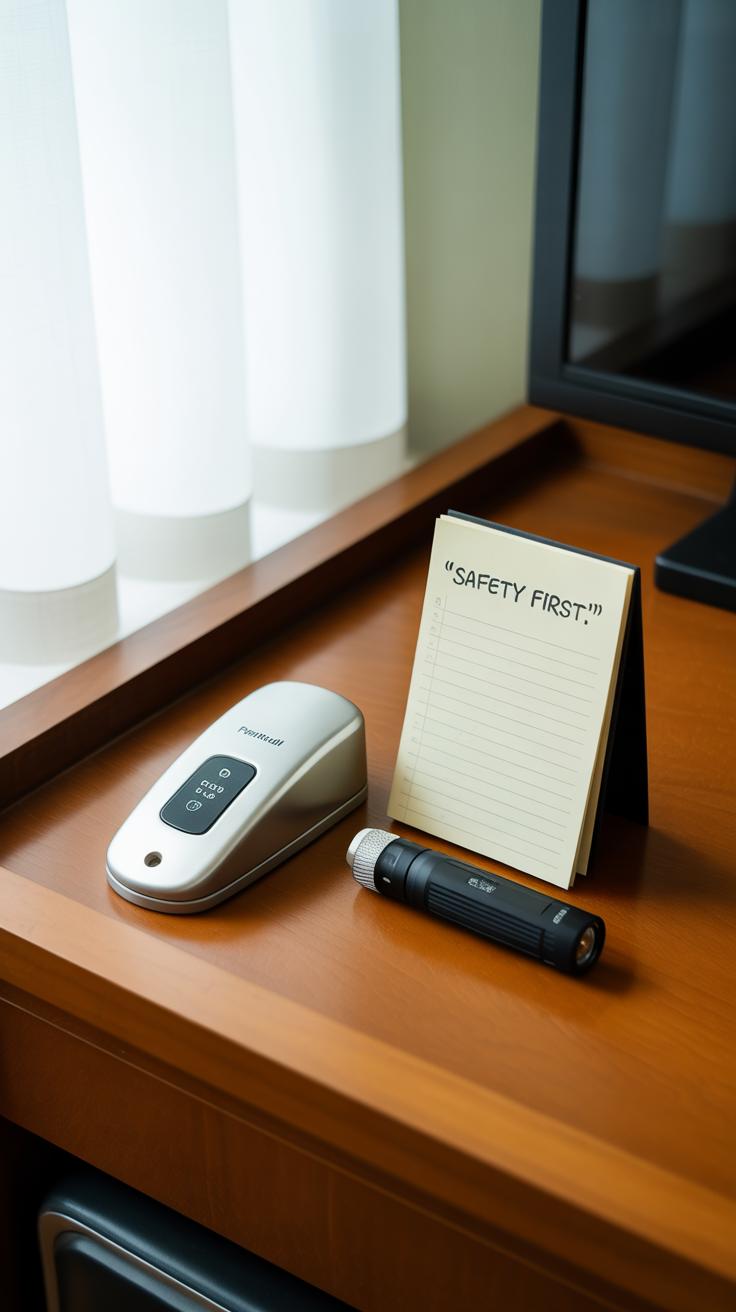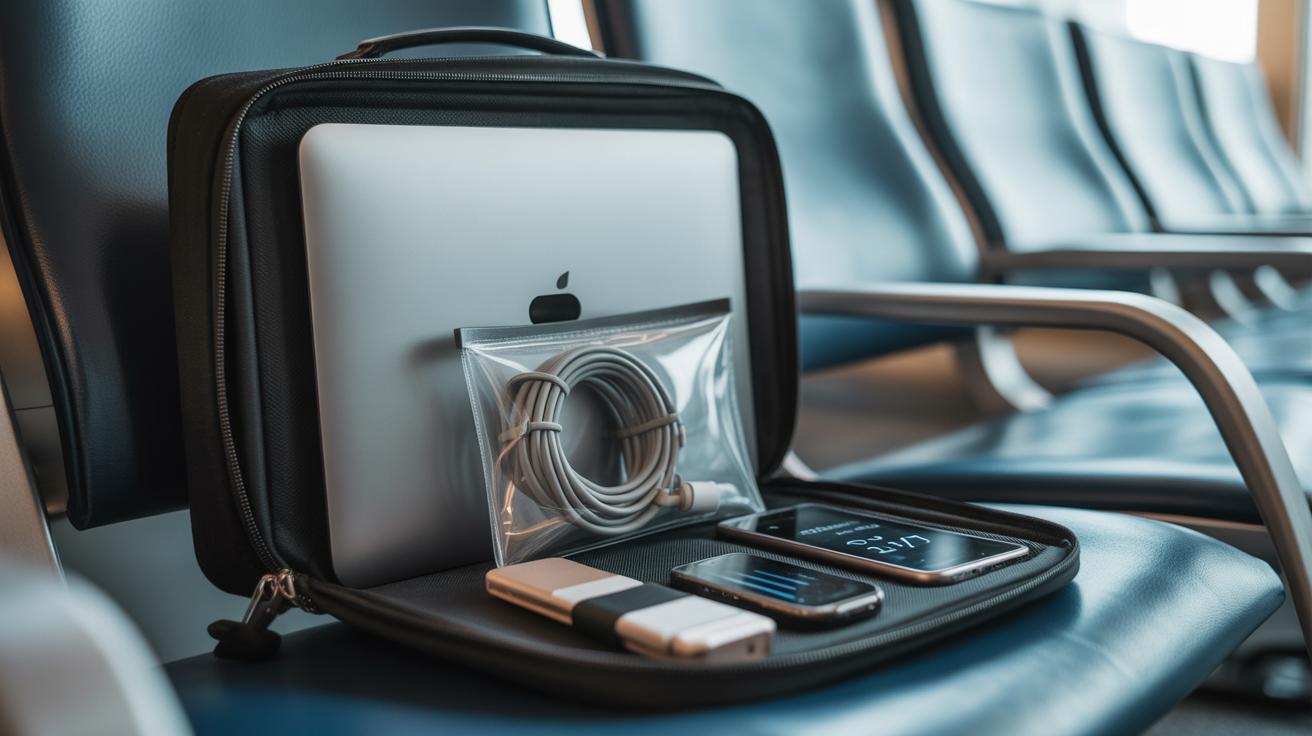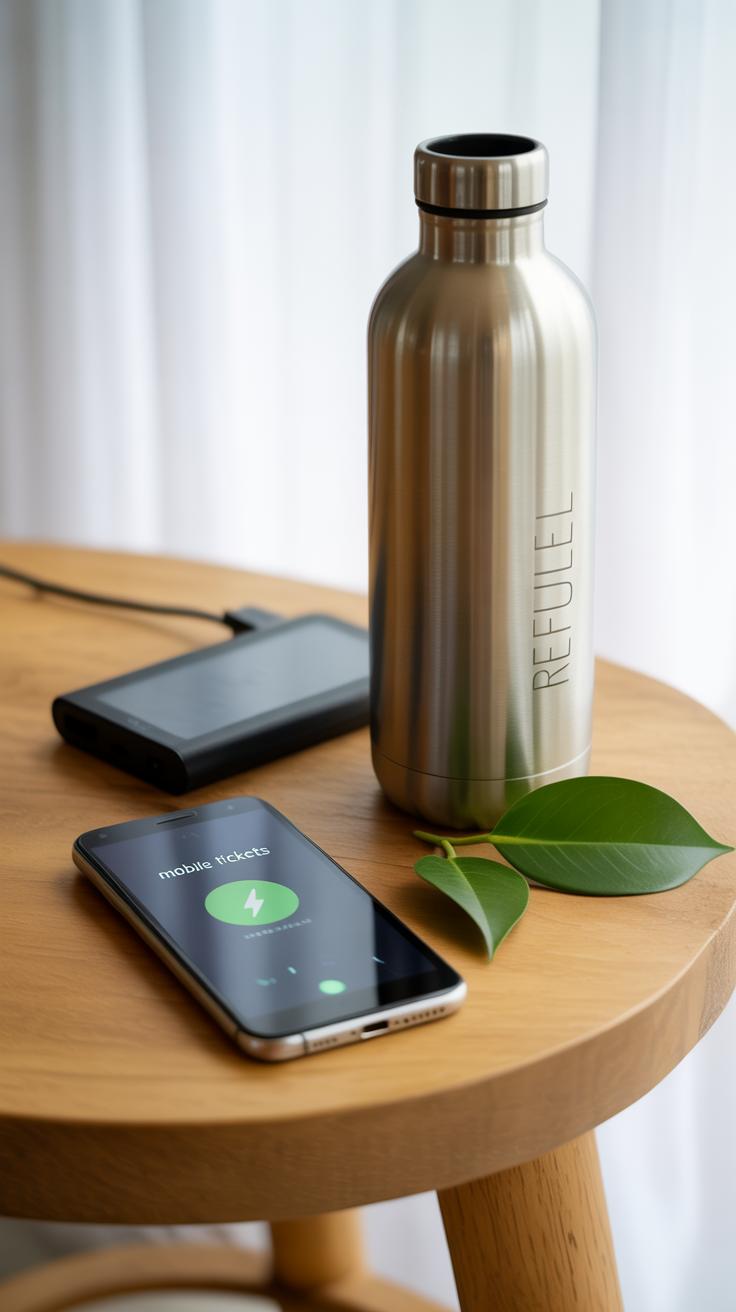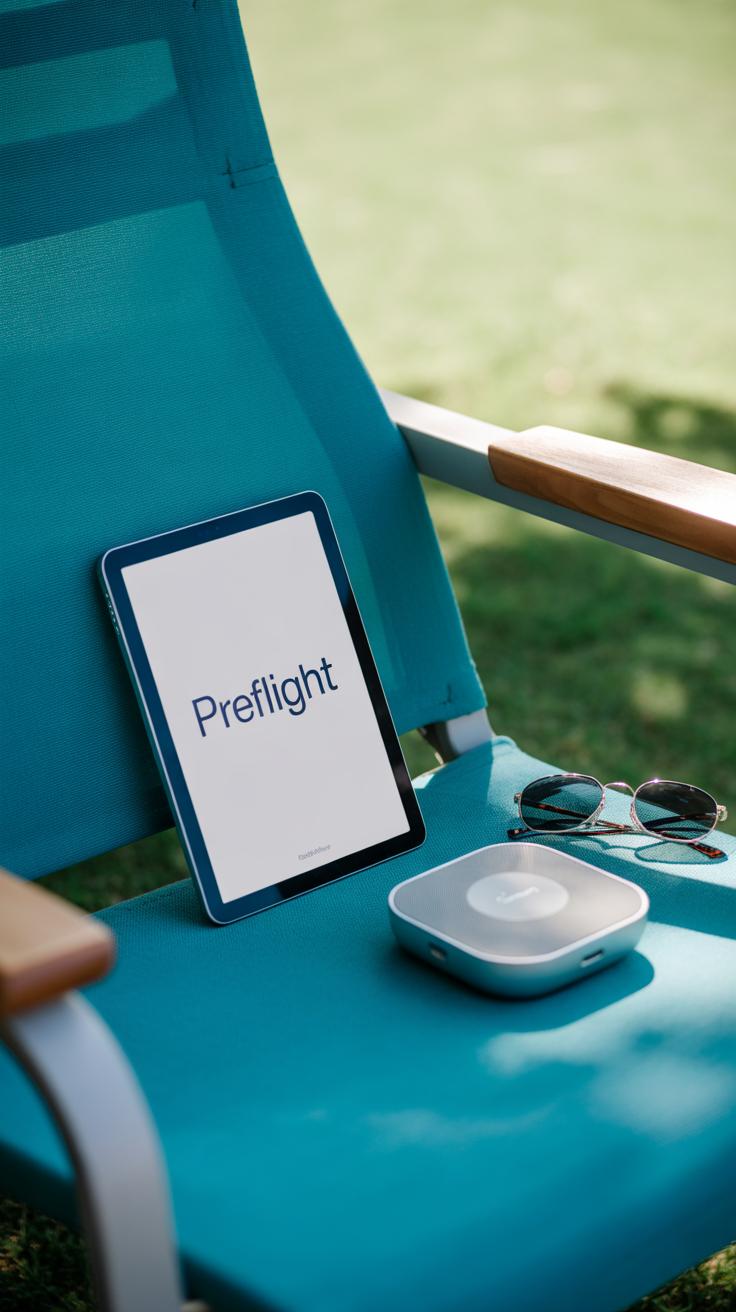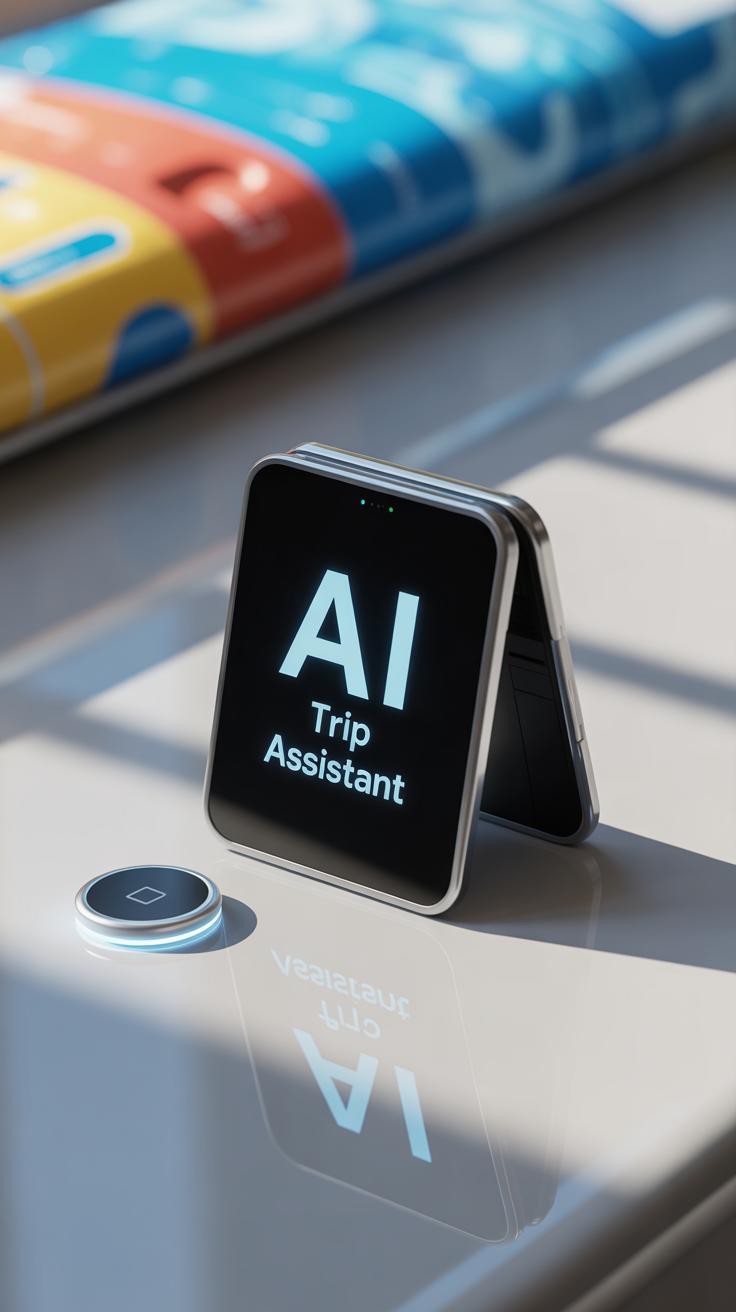Introduction
Travel is different now because of new technology gadgets. These gadgets help you plan, move, and enjoy your trips better. You can find new ways to travel that are faster and simpler. This year, a variety of gadgets have come out to change how we explore the world.
In this article, we will look at the newest travel gadgets. You will learn how smart devices and mobile apps can make your travel safe and fun. You will also see examples of tools you can use to improve your travel experiences from start to finish.
Booking Travel With Online Agencies
Online travel agencies make it surprisingly straightforward to book flights, hotels, and entire trips all in one place. You start by entering your desired destinations and travel dates, then the platform pulls together options from countless airlines, hotel chains, and tour providers. It’s like having a personal travel agent at your fingertips, but without the extra cost.
These platforms work by connecting directly with airlines and hotels through specialized databases. When you search, they check availability and prices in real time, then display the results for you to sort and filter. Some even let you bundle your flight and hotel for deals, making that part a bit easier.
Why are they important for travelers today? Because planning can be overwhelming. Instead of scouring dozens of websites, you get a single spot to compare. Plus, many travelers rely on these agencies for convenience. It doesn’t hurt that some offer last-minute updates, cancellations, or rebooking options, which can save a lot of hassle.
How to Use Online Travel Agencies
Using sites like Expedia or Booking.com might seem straightforward, but a few steps can help you get the best deals. Start by inputting your origin, destination, and dates. You’ll see various flight and hotel options organized by price, rating, or travel time.
To compare prices effectively:
- Use the filter tools to narrow down choices — like nonstop flights or hotels with free wifi.
- Sort the results by price or reviews, depending on what matters more to you.
- Consider flexible date search to spot cheaper days around your planned travel.
Once you pick a flight or hotel, read through cancellation policies carefully; they can differ quite a bit and impact your flexibility.
Benefits of Booking Online
Booking your travel online saves you time, frankly. You avoid calling multiple airlines or hotel front desks. Instead, with a few clicks, you find dozens of options. Also, many platforms include user reviews and ratings, which can sometimes reveal things you won’t find on a hotel’s own site.
More options usually mean better chances at snagging a good deal or finding a place that fits your preferences exactly. And yes, seeing reviews from real travelers helps build confidence before committing.
One thing to keep in mind, though: sometimes the best prices might be slightly hidden or require logging in, or even booking through specific links. It’s worth spending a little extra time exploring.
Smartphone Apps for Travel Planning
Using Map and Navigation Apps
When you step into a new city, figuring out where to go can feel a bit overwhelming, right? That’s where apps like Google Maps become almost indispensable. Instead of carrying bulky paper maps that might end up confusing you more, these apps give you exact directions in real time. You can switch between walking, driving, or public transit routes to find what fits your pace.
What’s interesting is how these apps don’t just point the way; they show nearby attractions, restaurants, even user reviews. You might plan a route to a museum but find a nice café along the way that you’d never have thought to visit. It’s like having a local guide in your pocket.
One thing I noticed though is that offline maps aren’t always perfectly reliable depending on the area. So, it’s good to download maps beforehand, especially when roaming internationally or in places with spotty internet.
Language and Communication Tools
Language barriers can complicate basic tasks, from ordering food to asking for directions. Apps like Google Translate or Microsoft Translator help break down those walls. You speak—or type—a phrase, and the app offers a quick translation, sometimes even with audio.
But it’s not just about translation. Some apps let you have live conversations, which can feel a bit strange but useful when you’re stuck trying to explain something. They also work offline if you prepare ahead, though the accuracy might slip a bit.
One time, I relied on a translator app in a small town where English was rare. It wasn’t perfect, but it made interactions smoother and frankly less anxious. Still, relying solely on apps can miss cultural nuances, so a bit of patience is essential when using them.
Portable Charging and Power Gadgets
When you’re on the move, keeping your devices charged can quickly become a challenge. Portable chargers and power banks have turned into staples for travelers. Think about it: long flights, day trips without easy access to outlets, or just moments when your phone’s battery hits single digits. Without a reliable power source, you risk losing navigation, breaking communication, or missing out on capturing memories.
There’s a variety of portable chargers available, from slim, lightweight power banks to bulkier models with high capacity. Some offer wireless charging, while others have multiple ports to juice up several devices at once. Certain power banks even come with solar panels—though, honestly, their effectiveness depends a lot on where you are and how much sun you get.
Choosing the right power bank can be tricky. Capacity, measured in milliamp-hours (mAh), directly affects how many times you can recharge a device. But bigger capacity often means bigger size and weight—something to consider if you’re trying to travel light. For a short trip, a smaller 5,000 mAh charger may suffice. On longer adventures, look toward 20,000 mAh or more, but be ready to carry that extra bulk.
Some travelers swear by the convenience of compact chargers that fit in a pocket, while others prefer to pack something heavier to avoid the stress of constantly hunting for outlets. It’s about balancing your needs and tolerance for carrying extra gear.
Using these gadgets wisely matters, too. Avoid charging your power bank or devices at extreme temperatures, since that can reduce battery life. It’s usually best to plug them in during downtime—like when you sleep or wait at airports. Keep cables organized and protected; frayed wires are a headache nobody needs on a trip.
Also, don’t forget to test your charger before leaving home. Nothing ruins the start of a trip like realizing your “fully charged” power bank doesn’t work. And maybe, just maybe, it’s good to carry a charger with multiple output options—you never know if your friend’s device needs a different cable or voltage.
So, have you ever found yourself scrambling for an outlet at a busy terminal, wishing you had a reliable power source? It’s a pain that many travelers face, and portable power gadgets are the simplest fix—though picking the right one and using it smartly can make all the difference in how smoothly your journey goes.
Smart Luggage and Tracking Devices
How Smart Luggage Works
Smart luggage uses a mix of GPS tracking, Bluetooth, and sometimes cellular connections to keep you connected to your bag. The GPS chip lets you pinpoint your suitcase on a map, often via an app on your phone. Some models also include built-in scales that measure your bag’s weight before check-in, which is pretty handy if you’re always worried about airline limits.
Remote locking is another feature that’s becoming more common. You can lock or unlock your luggage using your phone, which means no more fumbling with keys or forgotten codes. I think this could be a game-changer, though some might worry about hackers. Still, these bags usually have multiple layers of security to avoid easy interference.
Benefits and Practical Uses
Using smart luggage brings noticeable convenience. For instance, I once misplaced a bag at the airport, and being able to track it saved me from hours of stress. Knowing its exact location reduced that anxiety you sometimes just can’t shake off.
Here’s why smart luggage can matter:
- Prevent lost bags – Real-time tracking means less panic. You might still have to wait at baggage claim, but at least you know where your luggage is.
- Avoid overweight fees – The built-in scale lets you adjust your packing on the spot instead of guessing and risking extra charges.
- Remote locking adds security – It’s quicker and safer than traditional locks, especially in busy airports.
Still, these bags aren’t perfect. Battery life can drain, and sometimes connectivity isn’t seamless, especially in crowded terminals. But overall, smart luggage takes a modern approach to a problem that’s been frustrating travelers for ages. If you travel often, it’s worth thinking about.
Wearable Gadgets for Travel
Tracking Health and Activity
Wearable tech like smartwatches and fitness trackers are becoming more than just accessories—they’re practically travel companions. These devices keep tabs on your heart rate, steps, and overall activity, which is especially useful when you’re moving through airports or exploring new cities. For example, some travelers notice their step count can skyrocket unintentionally on long layovers, or their heart rate may spike from stress after a delayed flight. Tracking this data helps you stay aware, maybe nudges you to stretch or take a breather when needed.
It’s not just numbers on a screen. Sometimes, seeing your daily activity while jetting across time zones makes you rethink your usual routines. I remember once glancing at my watch after a transatlantic flight and realizing I’d barely moved for hours—encouraging me to get up and walk around the terminal before boarding.
Notifications and Travel Updates
Wearables do more than count steps, though. They put travel alerts right on your wrist—flight delays, gate changes, boarding calls—all popped up without pulling out your phone. That subtle vibration can save you from missing a connection, especially when you’re juggling bags or dealing with distractions.
Some watches even remind you to check in or display weather updates for your destination. It’s like having a personal assistant who never leaves your side, but maybe one that isn’t always perfect. Notifications can sometimes arrive late or overwhelm you with less relevant info, so it’s a bit of trial and error in customizing what’s helpful versus what’s noise.
Still, imagine being in a busy airport, eyes glued to your wrist instead of wandering for screens. That small convenience can make travel feel smoother, or at least less stressful. Have you tried using a wearable for travel alerts yet? It might surprise you how much easier managing your trip becomes.
Safety Gadgets for Travelers
Personal Safety Devices
Travelers often face unpredictable situations, and having a device that alerts others quickly can make a big difference. Personal alarms, for example, are small gadgets you can easily carry or clip on your bag or clothing. When activated, they emit a loud sound that can scare off potential threats and attract nearby attention.
Emergency signal devices work a bit differently. Many now use built-in features like a flashlight, strobe lights, or even a direct connection to emergency services through cellular networks. Some require pressing a button for a few seconds to activate, which helps avoid false alarms. I’ve found that having one on hand creates a subtle peace of mind. You may wonder if they’re worth the hassle, but in crowded or unfamiliar places, they’ve potentially saved hours of worry.
Besides alarms, there are even small wearable devices that vibrate or flash as silent alerts, useful if you want to avoid loud noises but still signal danger discreetly. It makes you think—why didn’t travel safety tech develop like this sooner?
Tracking and Location Sharing
GPS trackers for people have become more accessible lately. They let someone follow your location in real-time, which can be reassuring if your travel plans are a bit spontaneous or if you’re traveling alone. Many of these gadgets connect to your phone via Bluetooth or cellular service and share your whereabouts with trusted contacts.
Apps that share your location have grown more sophisticated too. Some allow you to set specific “safe zones” and send notifications if you leave those areas. They also offer check-in features, like a quick way to update friends or family without much fuss. It’s a bit like having an invisible safety net—not foolproof, but helpful.
On the flip side, sharing your location can raise privacy concerns, or simply feel invasive, depending on who’s watching. So, weighing convenience against privacy is a personal call. Still, I think these tools can reduce anxiety on long trips, especially in unfamiliar cities or during outdoor adventures.
Tech for EcoFriendly Travel
Finding ways to travel without piling on a huge carbon footprint feels more urgent these days. Luckily, technology is starting to help with that, though it’s not always straightforward or perfect.
Using Apps to Find Eco-Friendly Options
There are apps focused on showing you greener choices, whether for hotels, transportation, or activities. For instance, apps like “Stay Green” highlight hotels that follow eco-friendly practices, like energy-saving systems or waste reduction programs. Then, there’s “GreenMiles,” which helps you pick lower-carbon transport options—think trains instead of flights, or electric car rentals.
Some apps even suggest local activities that support conservation or low-impact tourism. I tried one recently on a trip, and it suggested a nature hike led by a community group instead of the usual tourist traps. Still, these apps often depend on user input or certifications that can be a bit fuzzy, so it’s good to double-check if you want to be sure.
Gadgets to Save Energy
Small gadgets aimed at saving energy during travel are popping up too. Portable solar chargers come to mind—they let you power devices without draining hotel electricity or relying on generators. I’ve carried one that charges my phone just by leaving it on my backpack during hikes. It’s slow but definitely cuts down on the plugs needed.
Then there are smart plugs designed for travelers, which cut off standby power for electronics not in use. These plugs can feel like a minor thing, but over a long trip, they reduce wasted energy. Another interesting tool is reusable digital notebooks, replacing paper and thus cutting down waste. Of course, none of these are perfect fixes but they show how small steps add up when tech makes them easier.
Entertainment Gadgets for Travel
Devices for Books and Games
You know those long trips where the hours drag on endlessly? E-readers have quietly changed that experience. Unlike lugging heavy paperbacks or dozens of books, these devices hold thousands of titles in a slim package. Maybe you’ll find yourself jumping from a novel to a magazine without shifting through piles of pages. Some newer e-readers even adjust their screens automatically depending on the light around you, so your eyes don’t get too tired on a dim plane.
Then there’s portable gaming consoles, which have evolved beyond just fun distractions. They often offer multiplayer modes, which can make waiting times or layovers less lonely if you meet fellow travelers. While not everyone is a gamer, these devices can turn travel boredom into something a little more engaging, whether you’re into quick puzzles or sprawling adventures.
Audio and Media Gadgets
Noise-canceling headphones are almost a must-have now, especially when planes, trains, or buses are full of chatter or engine hum. The ability to block out the noise creates a bubble where you can really focus on music, podcasts, or your favorite shows. Sometimes, it’s more relaxing just to mute everything around you and catch up on that series you’ve been putting off.
Media players or smartphones loaded with movies and playlists make a big difference too. Streaming isn’t always reliable when you’re traveling, so having offline access is a practical choice. Plus, decent earbuds or headphones shift how comfort feels on longer trips. Maybe you’ll even discover new artists or genres just because the sound is so clear, which can feel surprisingly refreshing on the road.
Future Trends in Travel Technology
Smart Transport and Automation
Self-driving cars are getting a lot of attention, with companies testing them for longer trips and urban rides alike. Imagine stepping off a flight and having a vehicle waiting that knows your exact destination—no app to open, no driver to wait for. That convenience sounds great, but I wonder how long before the tech really handles unpredictable road conditions without hiccups.
Inside airplanes, AI is starting to change things too. Some airlines are experimenting with AI copilots that assist with navigation or monitor systems more closely. It might feel a little strange relying on a machine for your flight safety, but early simulations suggest the tech can reduce pilot workload and increase precision.
Hotels, on the other hand, are quietly adopting automation to manage bookings, room service, and even housekeeping. AI-powered chatbots answer guest questions instantly, while smart rooms adjust lighting and temperature based on your preferences. It might not replace human touch completely—at least not soon—but it’s shaping a travel experience where less waits and more happens smoothly.
Virtual and Augmented Reality
Virtual Reality is starting to influence how people plan trips. You can explore a beach resort or walk through city streets in VR before booking. It’s like previewing a destination without leaving your couch, which might change how you decide where to go next. But I sometimes feel VR can give a too polished view. What about the side streets or real crowds you can’t see in a simulation?
Augmented Reality steps in during the trip itself, often through smartphone apps or smart glasses. Imagine pointing your phone at a historic monument and instantly reading details or hearing stories tied to that spot. Some cities are piloting AR tours that guide you while suggesting hidden cafes or detours that no guidebook mentions.
This blend of real and digital might make traveling both easier and, paradoxically, more distracting. Will you focus on the moment, or get caught up in the virtual layers added over reality? Only time will tell, but the potential to personalize your journey in entirely new ways is definitely there.
Conclusions
New technology gadgets are changing travel in many ways. They help with booking, navigating, and enjoying your trips. Online tools and mobile apps make it simple to find good deals and explore new places without stress. Using these devices can save time and give you more control over your travel plans.
Your travel can be better this year by trying these gadgets and technologies. They make traveling easier and more fun. You can find what fits your needs and make your trips smoother. These changes show how technology keeps shaping the way we travel.

